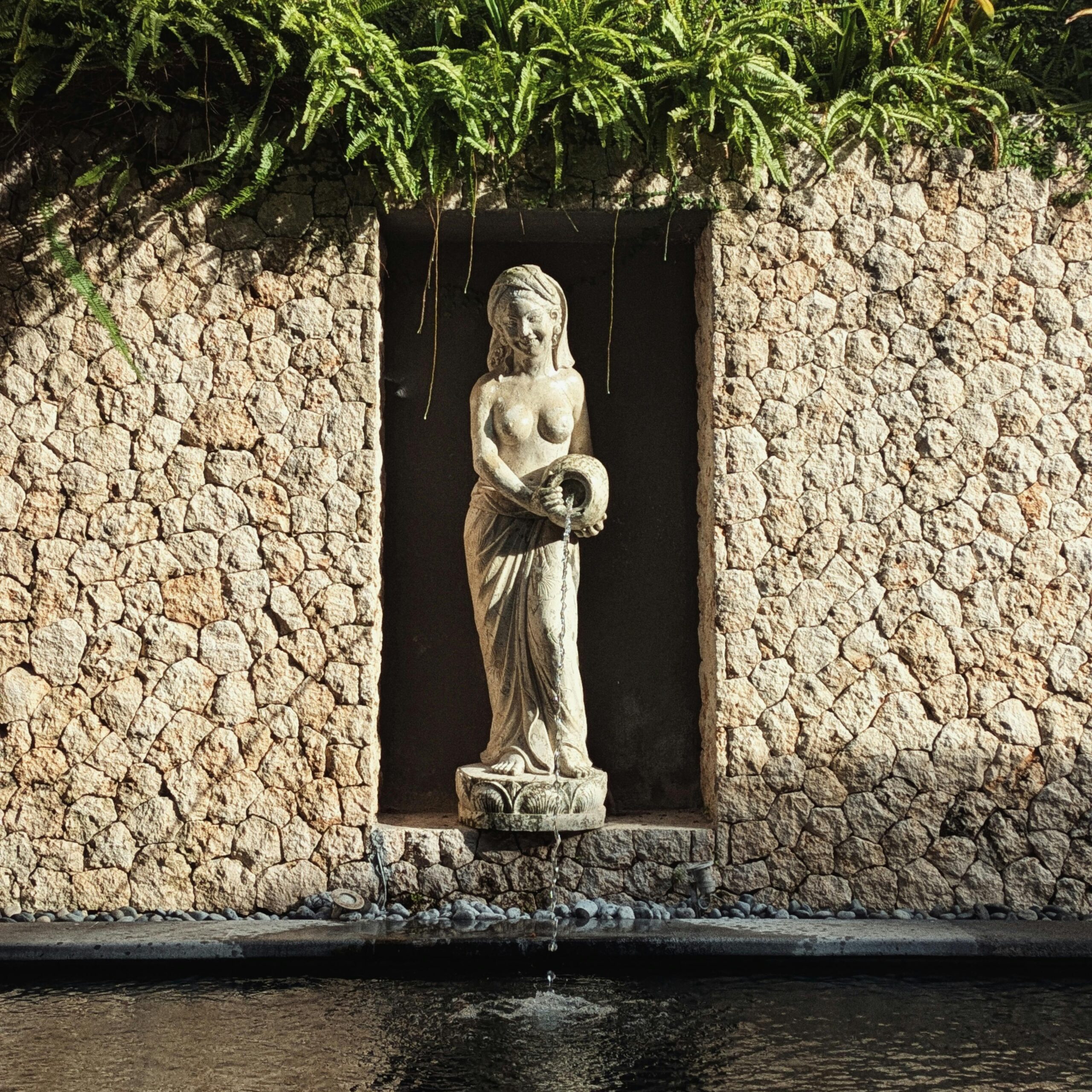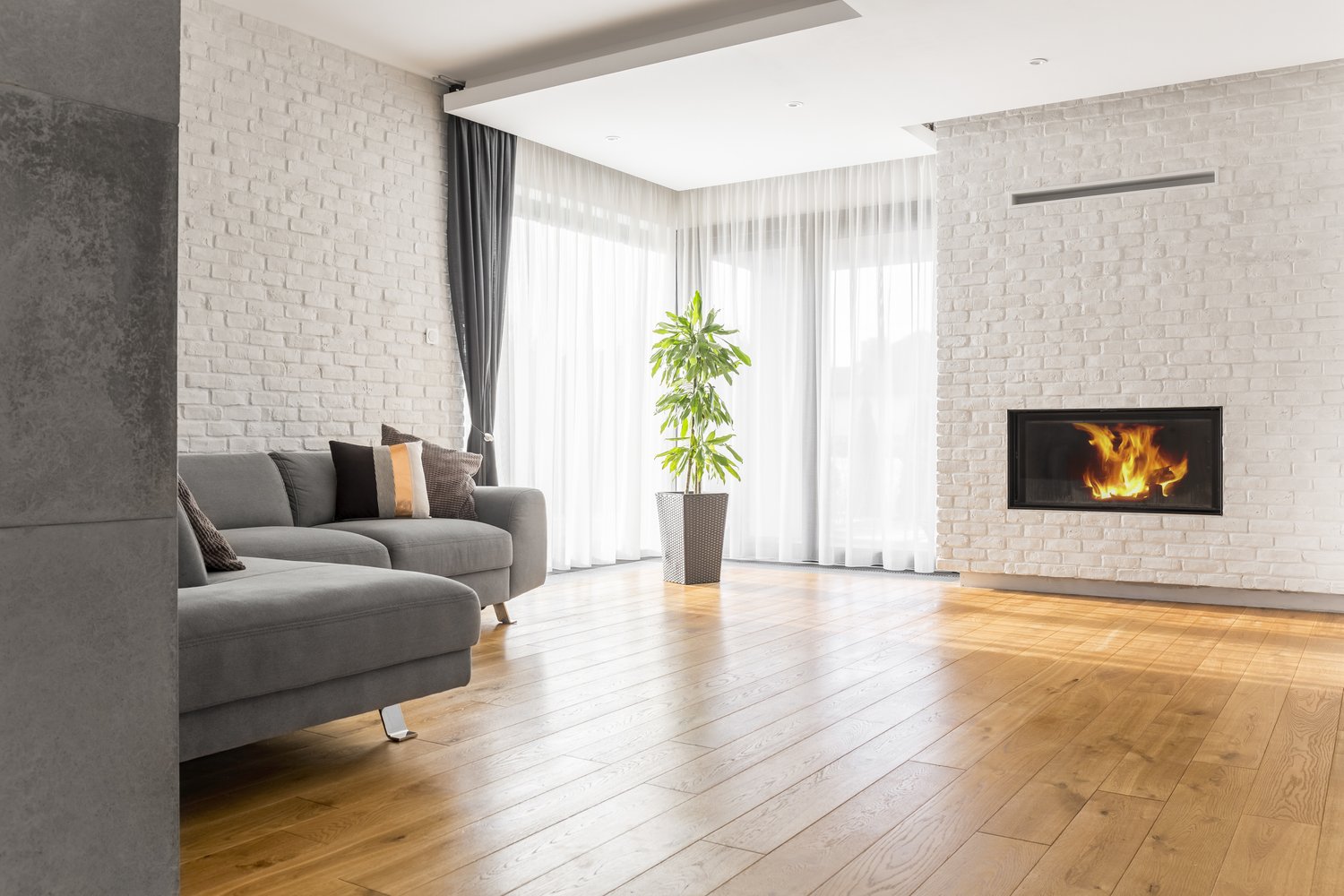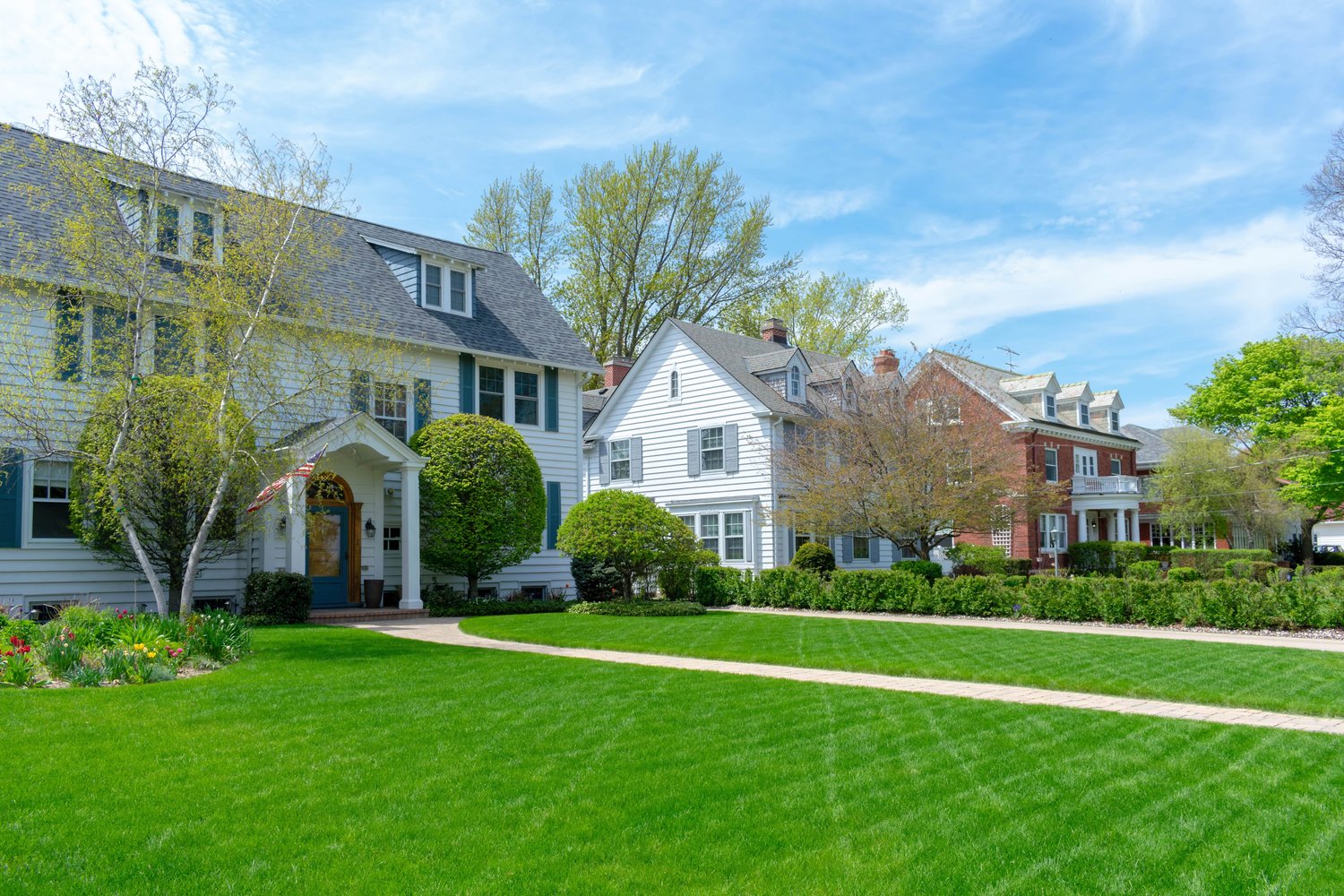Water features transform ordinary outdoor spaces into tranquil retreats that engage all the senses. From the gentle splash of a fountain to the reflective surface of a pond, these landscape elements provide aesthetic beauty while creating a peaceful atmosphere that can reduce stress and increase property value. This article explores various backyard water feature ideas, discusses the benefits of incorporating water into your landscape design, and provides practical advice on installation, maintenance, and cost considerations to help you make informed decisions for your outdoor sanctuary.
Aesthetic and Mental Health Benefits
The visual impact of water in a landscape cannot be overstated. Whether it’s a cascading waterfall, a bubbling fountain, or a serene small pond design, water features create a focal point that draws the eye and complements surrounding plantings. Beyond their beauty, water features affect us psychologically. The sound of moving water masks urban noise and creates white noise that promotes relaxation. Studies have shown that being near water can lower blood pressure and reduce anxiety. Many homeowners report that their garden fountain installation has transformed their outdoor space into a meditation area where they can decompress after stressful days.
Water features also enhance biodiversity, attracting birds, butterflies, and beneficial insects to your garden. A thoughtfully designed pond becomes an ecosystem that supports local wildlife and creates endless opportunities for observation and connection with nature. This living aspect of water features provides educational opportunities for children and a deeper appreciation of natural cycles for adults.
Popular Water Feature Options
When considering backyard water feature ideas, it’s important to match the style to your existing landscape and personal preferences. Fountains are among the most versatile options, ranging from simple bubbling rocks to elaborate multi-tiered structures. Self-contained fountains require minimal installation and can be placed almost anywhere, making them ideal for small spaces or as accent pieces in larger gardens. Wall fountains create vertical interest and work well in courtyard settings or against garden walls.
Ponds offer a different experience, with still water that reflects the sky and surrounding landscape. A small pond design can be as modest as a preformed liner installed in a weekend or as complex as a naturalistic ecosystem pond with fish and aquatic plants. The size and depth will depend on your goals—ornamental ponds may be shallow, while those intended for fish require greater depth and filtration systems.
Waterfalls and streams combine movement with sound and typically connect to a pond or reservoir. These features create dynamic energy in the landscape and can be designed to appear natural or architectural depending on your garden style. According to experts at AskHomey, professional consultations can help homeowners determine which water feature best complements their existing landscape while meeting their aesthetic goals and maintenance capacity.
Installation Considerations
The complexity of garden fountain installation varies widely depending on the type and size of the feature. Simple prefabricated fountains may require only an electrical outlet for the pump and a level surface. More complex features like ponds and waterfalls demand careful planning, excavation, and consideration of water circulation systems.
Professional installation ensures proper construction techniques that prevent leaks and minimize maintenance issues. However, many DIY-friendly options exist for homeowners comfortable with basic landscaping techniques. Regardless of your approach, proper planning is essential. Consider viewing angles, proximity to seating areas, and integration with existing landscape elements. Safety is also paramount, especially if children will have access to the water feature.
Proper electrical work is critical for pump operation and lighting. All outdoor electrical connections must be GFCI-protected and installed according to local building codes. Water supply considerations include initial filling and periodic topping off due to evaporation. Automatic fill valves can simplify maintenance but add to the initial landscape water feature cost.
Maintenance Requirements
Maintenance is an essential consideration when selecting a water feature. All water features require some level of care to remain attractive and functional. Fountains typically need the least maintenance, with regular cleaning and occasional pump service. Ponds require more attention, including debris removal, water quality management, and care of any aquatic plants or fish.
Seasonal tasks include cleaning filters, removing fallen leaves, and preparing for winter in colder climates. Some water features may need to be drained or covered during freezing weather to prevent damage. Algae control is another ongoing consideration, achieved through proper biological balance, adequate circulation, and sometimes chemical treatments.
Understanding Landscape Water Feature Cost
The landscape water feature cost varies tremendously based on size, complexity, and materials. Simple prefabricated fountains may start around $100-300, while custom-designed waterfalls or large ponds can run into thousands of dollars. Beyond the initial purchase, consider installation expenses, which may include excavation, electrical work, plumbing, and landscaping around the feature.
Operating costs include electricity for pumps and lights, water for evaporation replacement, and maintenance supplies. While some water features represent a significant investment, they typically provide strong returns in terms of enjoyment and property value enhancement. Many homeowners find the relaxation benefits alone justify the expense of adding water to their landscape.
For more tips and to connect with reliable home service professionals, follow AskHomey on Facebook and Instagram.



